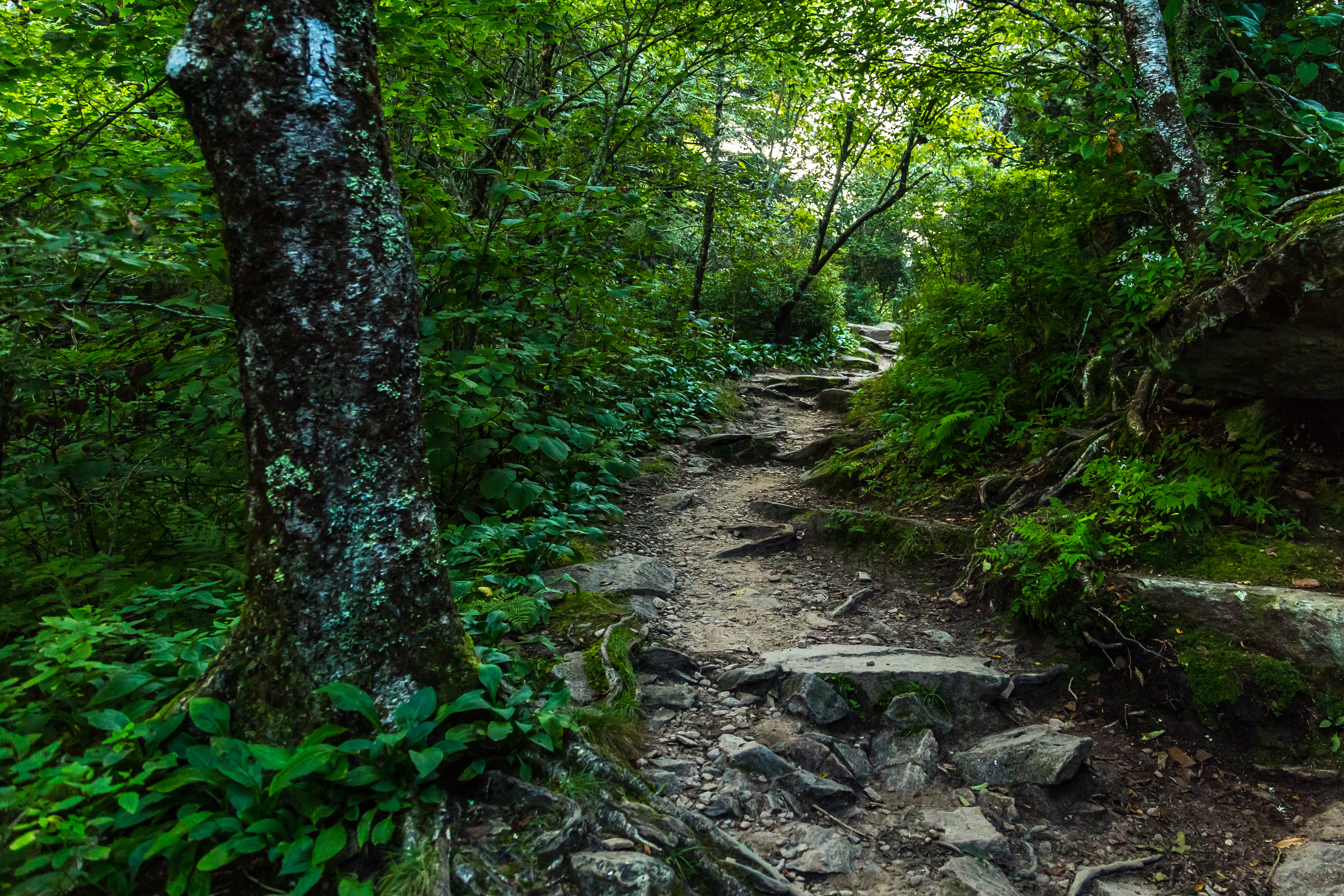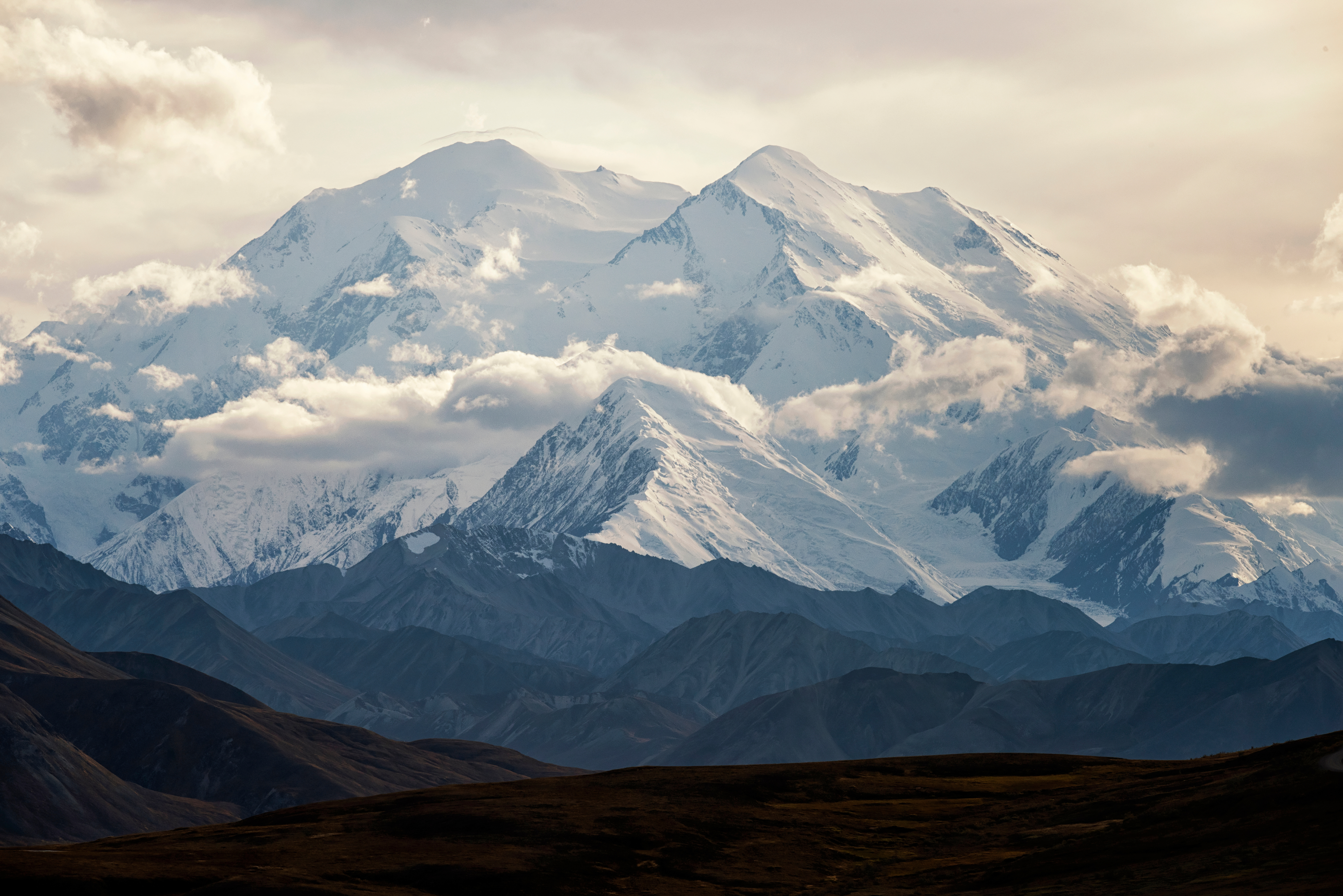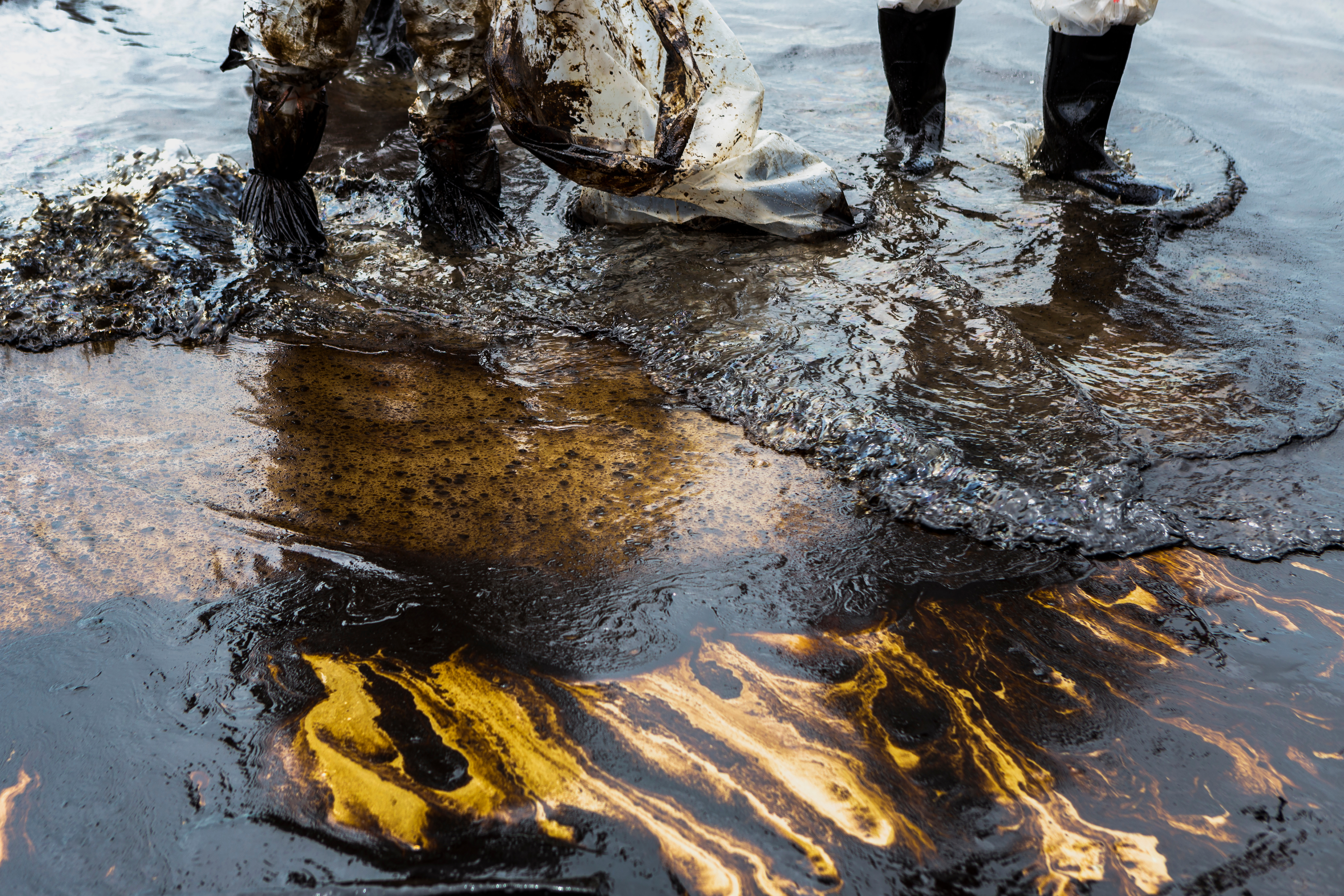Blog
Honoring Black Leaders in Outdoor Recreation & Environmental Conservation
.jpeg)
In February, we celebrate Black History Month. This is an opportunity to recognize that the history of outdoor recreation and environmental conservation is rich with the contributions of Black Americans. Below are descriptions of just a few of the many Black advocates, scientists, and adventurers who have made outdoor recreation and the environmental movement better for everyone.

Robert Taylor is an important figure in the backpacking community. He grew up in Dayton, Ohio and was interested in the Boy Scouts from an early age. In the 1990s, after hearing about long trails, he set out to hike the Pacific Crest Trail (PCT). Despite the difficulty of his hike, from snowy mountain passes to cougar encounters, after finishing the PCT, Taylor set out to complete the Appalachian Trail. He was successful and is the first Black thru-hiker to complete both trails. He has been open that in addition to the environmental and physical challenges every long-distance hiker faces, he met with a lot of racism, both in towns along the trails and by fellow hikers. Robert Taylor is an accomplished hiker and an advocate for diversifying the sport of backpacking.
Rue Mapp also advocates for more inclusive outdoor spaces and communities. In 2009, she founded Outdoor Afro, a national non-profit organization that builds connection and fosters leadership for Black people in nature. Mapp’s work with Outdoor Afro began in Oakland, California and now spans the U.S. with over 100 volunteer leaders in 32 different states. Outdoor Afro helps Black recreationists find community and build technical and interpersonal skills in the outdoors.
Matthew Henson’s outdoor adventures took place long before Outdoor Afro was founded. Henson was born just a year after the end of the Civil War, and he spent most of his life working as a sailor. In his travels, he met Robert Peary and became a member of the North Pole expedition group. In 1909, he became the first person to reach the North Pole. Due to racism, however, Peary received credit for reaching the Pole first. Almost 100 years later, Henson was fully recognized posthumously for his accomplishments.

Charles Crenshaw was another trailblazer in the outdoors. Crenshaw was a Tuskegee Airman who served in WWII before attending Morehouse College and training as an engineer. While working for Boeing in the Pacific Northwest, Crenshaw fell in love with climbing and mountaineering. He climbed Mt. Baker and Mt. Rainier in Washington before being invited to join an expedition to Denali in 1963. In July of 1964, he became the first Black mountaineer to summit Denali, the highest peak in North America. While he was the first African American to reach the top of Denali, many more have followed in his footsteps.
Dr. Warren Washington is known for his groundbreaking work, not as a mountaineer, but as an environmental scientist. He earned both bachelor’s and master’s degrees from Oregon State University before completing his Ph.D. in meteorology at Pennsylvania State University. He was only the second African American to receive a Ph.D. in the atmospheric sciences, and he joined the National Center for Atmospheric Resources (NCAR) in 1963. Washington’s expertise in climate modeling has allowed us to better understand the complex atmospheric systems that affect all ecosystems on earth. He has also served as a scientific advisor to the White House under four different presidential administrations.
Hattie Carthan began her work just one year after Dr. Washington joined NCAR. She was a proud resident of Bedford-Stuyvesant neighborhood in Brooklyn, and her advocacy led to the planting of 1,500 trees in her community. She saw planting trees as both an environmental and social good. She wanted to reclaim and reinvest in her community, which had historically been neglected due to racism. She also wanted to introduce more tree canopy cover and improve local greenspace for all neighborhood residents to enjoy. Between her initial foray into activism in 1964 and her death in 1984, Carthan founded and led several environmental and community organizations that merged environmental activism and social justice issues. In 1975, she received a distinguished service medal from New York City in recognition of her work.

Dr. John Francis’ activism looks different from that of Hattie Carthan, but it is no less influential. When he was 26, Francis witnessed an oil spill in San Francisco Bay. In response, he gave up the use of motorized transportation for 22 years. During that time, he continued to travel. He walked across the U.S., sailed the Caribbean, and even walked to South America. He founded Planetwalk, a non-profit organization dedicated to promoting environmental education and global cooperation. He also earned several degrees culminating in a Ph.D. from the University of Wisconsin-Madison. He has co-authored federal oil spill regulations and continues to work for a more sustainable global future.
These eight remarkable people have all made significant contributions to outdoor and environmental fields. Many more Black Americans, both recognized and unrecognized, have changed this sector in ways both big and small. Additionally, there are countless organizations and individuals working to make these fields more inclusive moving forward. For example, Black Birders Week aims to elevate Black naturalists, Field Inclusive seeks to make field research safer and more accessible for scientists of color, and Melanin Basecamp promotes outdoor athletes of color. Their work, among many other organizations, extends far beyond Black History Month.
